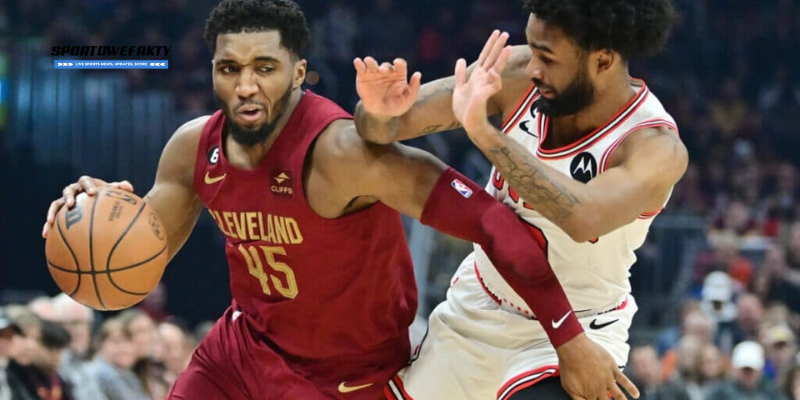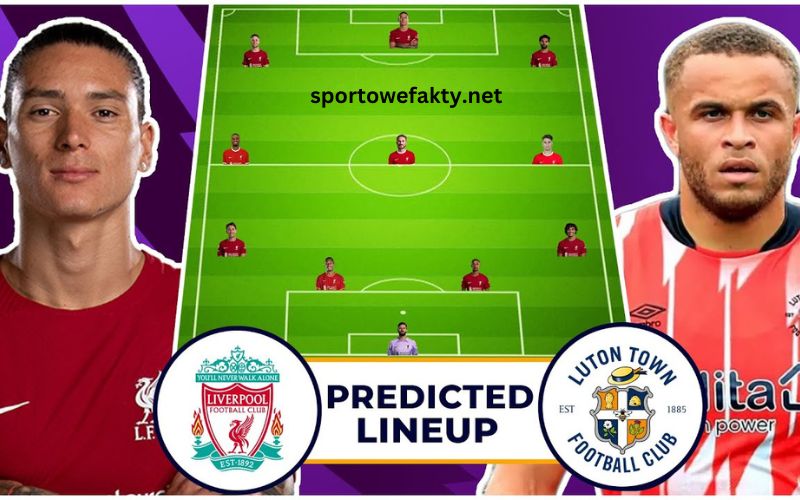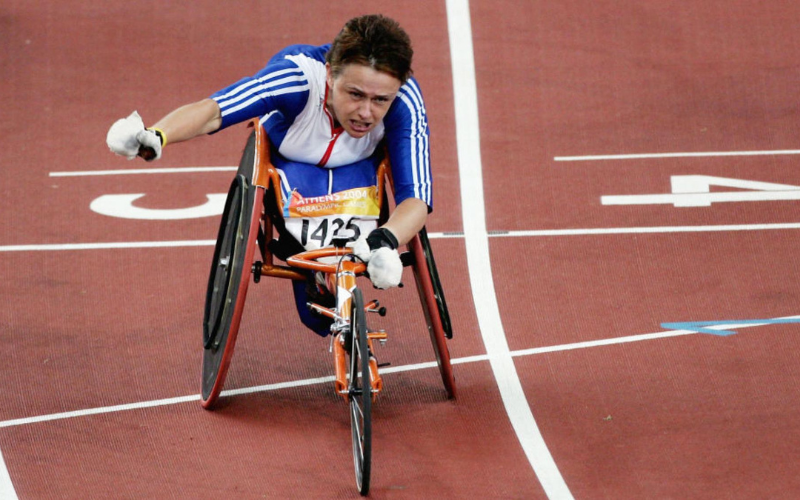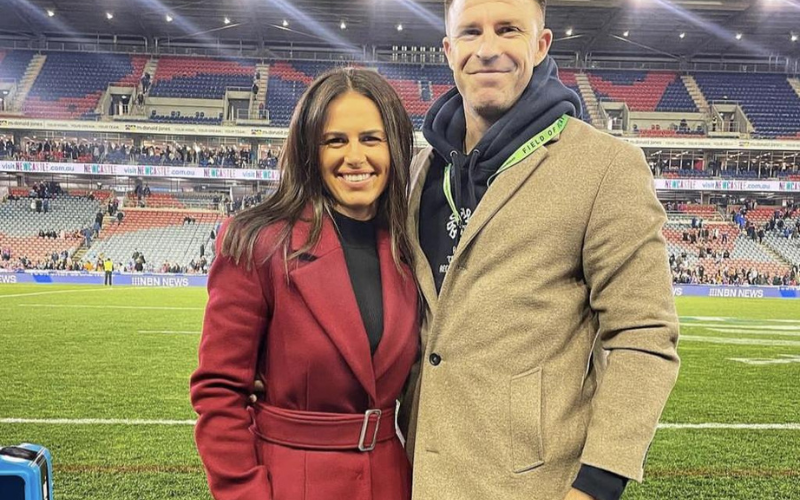In the competitive world of professional basketball, where talent and skill are celebrated, there is also a flip side – the worst NBA player. While the NBA is home to some of the most remarkable athletes in the world, there have been players who did not quite live up to the expectations and standards of the league. This article delves into the realm of the worst NBA player, exploring the criteria for determining such a title, historical examples, notable players in recent years, factors contributing to a player’s performance, the role of media and public perception, controversial opinions, the player’s legacy and impact on the game, and the potential for improvement and redemption.
Criteria for Determining the Worst NBA Player
Defining the worst NBA player is a subjective task, as it involves considering various factors. It is not merely about individual statistics or skills but also takes into account a player’s impact on the team’s performance. In determining the worst NBA player, one must consider aspects such as shooting efficiency, turnovers, defensive capabilities, basketball IQ, and overall contribution to the team’s success. While statistics play a significant role, they do not tell the whole story. A player’s attitude, work ethic, and ability to adapt to the team’s strategy also come into play.
Historical Examples of the Worst NBA Players
Throughout the history of the NBA, there have been players who, for various reasons, have been labeled as the worst. One such example is Kwame Brown, who was drafted as the first overall pick in the 2001 NBA Draft. Despite high expectations, Brown struggled to live up to the hype and failed to deliver consistent performances. Another example is Darko Milicic, the second overall pick in the 2003 NBA Draft. Milicic’s career was marred by underwhelming performances and a lack of development.
Notable Worst NBA Players in Recent Years
In recent years, several players have faced criticism and scrutiny, earning the label of the worst NBA player. Among them is Anthony Bennett, the first overall pick in the 2013 NBA Draft. Bennett’s professional career was plagued by injuries and an inability to make a significant impact on the court. Another notable example is Jimmer Fredette, a highly regarded college player who struggled to find success in the NBA. Fredette’s scoring prowess did not translate well to the professional level, leading to his struggles and eventual departure from the league.
Factors Contributing to a Player’s Performance
Numerous factors contribute to a player’s performance and can ultimately lead to them being labeled as the worst NBA player. Lack of skill development, injuries, poor coaching, and an inability to adapt to the speed and physicality of the NBA game can all hinder a player’s progress. Additionally, off-court distractions, personal issues, and mental health challenges can significantly impact a player’s performance and overall career trajectory.
The Impact of Media and Public Perception on Labeling Players as the Worst
The media and public perception play a crucial role in labeling players as the worst in the NBA. Highlight reels and social media platforms amplify a player’s struggles and shortcomings, often leading to harsh criticism and ridicule. This constant scrutiny can have a detrimental effect on a player’s confidence and mental well-being, further impacting their performance. It is essential to recognize the influence of media and public perception while evaluating a player’s abilities and potential for improvement.
Controversial Opinions on the Worst NBA Player
Determining the worst NBA player is not without controversy. Opinions vary greatly, with fans, analysts, and experts often having differing perspectives on who deserves the title. Some argue that players who were drafted with high expectations but failed to meet them deserve the label. Others believe that players who consistently underperform or have a negative impact on team chemistry should be considered the worst. These differing opinions reflect the subjective nature of the evaluation process and highlight the complexities involved in determining the worst NBA player.
The Worst NBA Player’s Legacy and Impact on the Game
While the worst NBA player may not be remembered for their on-court achievements, they still leave a lasting legacy and impact on the game. Their struggles and failures serve as reminders of the challenges and pressures faced by professional athletes. The worst NBA player’s story can inspire others to persevere, learn from their mistakes, and strive for improvement. Additionally, their presence in the league serves as a benchmark for evaluating future players and contributes to the ongoing evolution of the sport.
Can the Worst NBA Player Improve or Redeem Themselves?
The worst NBA player is not condemned to a lifetime of failure and criticism. With dedication, hard work, and the right support system, players have the potential to improve and redeem themselves. History has shown instances of players who, after being labeled as the worst, went on to make significant strides in their careers. These players harnessed their failures as motivation and used them as stepping stones towards personal and professional growth. The journey from worst to better is not an easy one, but it is possible with determination, perseverance, and a willingness to learn and adapt.
Conclusion: The Ever-Changing Landscape of the Worst NBA Player
The landscape of the worst NBA player is constantly evolving. Players who were once considered the worst have the potential to improve, while new players may emerge and face the scrutiny associated with the title. The criteria for determining the worst NBA player will continue to be subjective, influenced by factors such as statistics, performance, public perception, and media coverage. It is crucial to remember that behind every label, there is a person with their own unique journey and challenges. The worst NBA player serves as a reminder of the complexities and pressures faced by professional athletes and the potential for growth, redemption, and reinvention.




